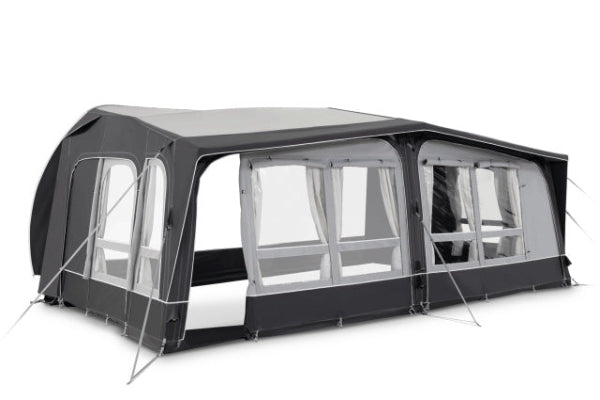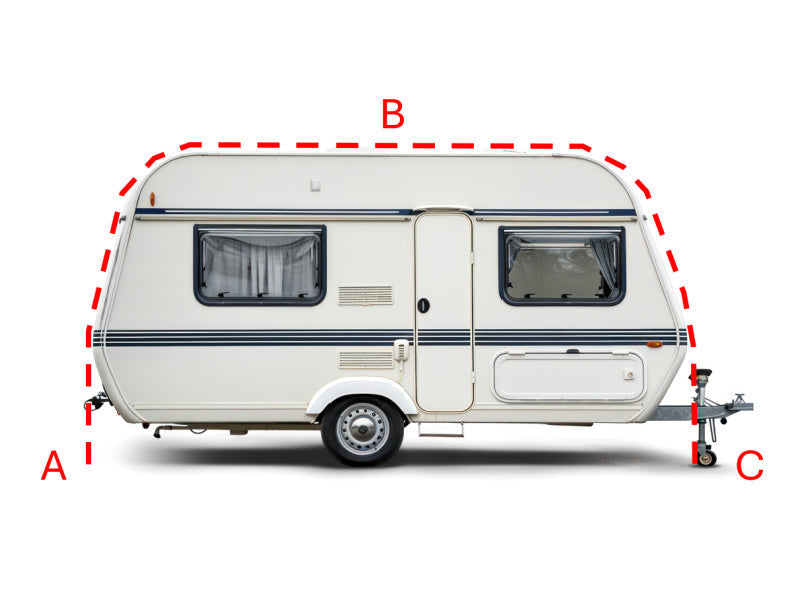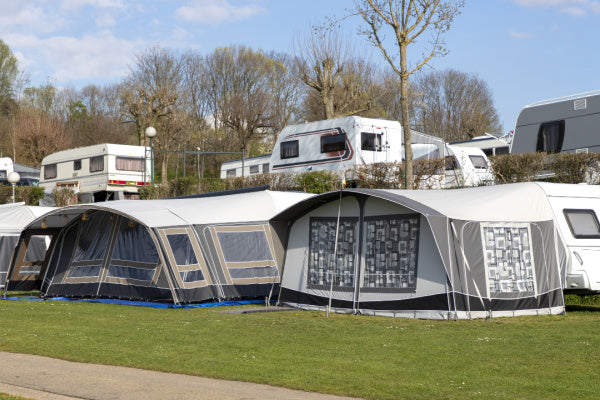Dometic Freshjet 1700 vs 2200: Comparing RV Air Conditioners
Torn between the Dometic Freshjet 1700 and 2200? Short answer: 1700 for small caravans, 2200 for larger motorhomes. But there's more to caravan and motorhome air conditioning than size—cooling power, noise, smart features, and more. Stick around to find out which unit keeps your road trips chill and clever.
Key Differences and Comparison
Performance and Cooling Capacity
Cooling Power (Watts and BTU/h)
The Dometic Freshjet 1700 delivers around 6,700 BTU/h (approx. 2,000 watts), making it ideal for smaller RVs and campervans.
In comparison, the Freshjet 2200 offers 8,800 BTU/h (around 2,580 watts), providing greater cooling power for medium to large RVs, or for use in hotter environments.
The higher output makes it more suitable for larger spaces or more demanding climates.

Heating Capacity (Watts)
The Freshjet 2200 comes with a built-in heating function, acting as a heat pump.
It provides efficient heating during colder trips and eliminates the need for an additional heater.
This function is not available on the Freshjet 1700, which is cooling-only.
Recommended Vehicle Length
The Freshjet 1700 is recommended for smaller setups such as compact campervans, caravans, or travel trailers.
Its size and output suit limited interior space and lighter roof loads.
Meanwhile, the Freshjet 2200 is better suited for medium to large motorhomes, especially those with open-plan interiors or greater thermal demands.
Power Consumption and Features
Starting Current (Low vs. Soft-start)
One of the main advantages of the Freshjet 1700 is its low starting current, which is perfect for smaller generators or off-grid systems.
It can run on limited electrical supply without tripping breakers or needing soft-start assistance.
The Freshjet 2200, due to its higher power draw, may benefit from soft-start technology depending on the setup.
Operating Noise Levels
The Freshjet 1700 operates at approximately 60 decibels, making it a quiet option for sleeping hours or peaceful evenings.
The Freshjet 2200 runs slightly louder at around 65 decibels, but still within a comfortable range.
Both models incorporate noise-reduction designs, including refined fan systems and compressor insulation.
Functionality (e.g. remote control, air distribution box)
Both units include remote controls for easy temperature management.
The Freshjet 2200 offers additional smart control options, such as smartphone app compatibility and improved airflow adjustment via its multi-directional air distribution box.
The Freshjet 1700 offers basic yet reliable remote-controlled functionality, suiting users who prefer simplicity.

Physical and Technical Specifications
Dimensions and Weight
The Freshjet 1700 measures approximately 23.6 x 23.6 x 9.8 inches and weighs 45 lbs.
The Freshjet 2200 is slightly larger, at 25.6 x 25.6 x 10.4 inches and 55 lbs.
This difference reflects the larger internal components required for its greater output and added features.
Refrigerant and Input Voltage
Both models use modern refrigerants that comply with current environmental regulations.
They typically run on 230V AC input, compatible with standard European RV power systems.
Check your specific region and model documentation for exact compatibility and voltage requirements.
Which Dometic Freshjet is Right for You?
Choose the Freshjet 1700 If...
Your Vehicle Is a Small Camper or Caravan
The Freshjet 1700 is ideal for smaller setups where roof space and overall electrical load are limited.
Its compact size, lower weight, and efficient cooling make it a solid choice for minimalists or solo travellers.
You Prioritise Low Starting Current for Off-Grid Use
Thanks to its low starting current, the 1700 pairs well with solar setups, small generators, or campsites with limited electrical capacity.
It runs reliably even when power supply isn't ideal.

Choose the Freshjet 2200 If...
Your Vehicle Is a Medium-Sized Motorhome or Caravan
The Freshjet 2200 is designed for more spacious RVs where cooling larger areas is essential.
It provides better coverage and airflow throughout open-plan interiors or longer vehicles.
You Need More Powerful Cooling and Heating
The increased BTU rating and the inclusion of a heating function make the 2200 a true year-round solution.
It’s ideal for those who explore in both summer heat and winter chill.
You Plan to Use It in Hotter Climates
The 2200 is better equipped for extreme conditions, performing effectively above 43°C (110°F).
If you often travel through hot, dry, or humid regions, its enhanced cooling capacity makes a noticeable difference.
Other content you might like:
- Dometic Freshwell 3000 vs Truma Saphir
- Dometic FreshJet 2200 vs Truma Aventa Comfort
- Dometic FJX4 2200 vs FJX7 2200
- Dometic FJX4 vs FJX7




